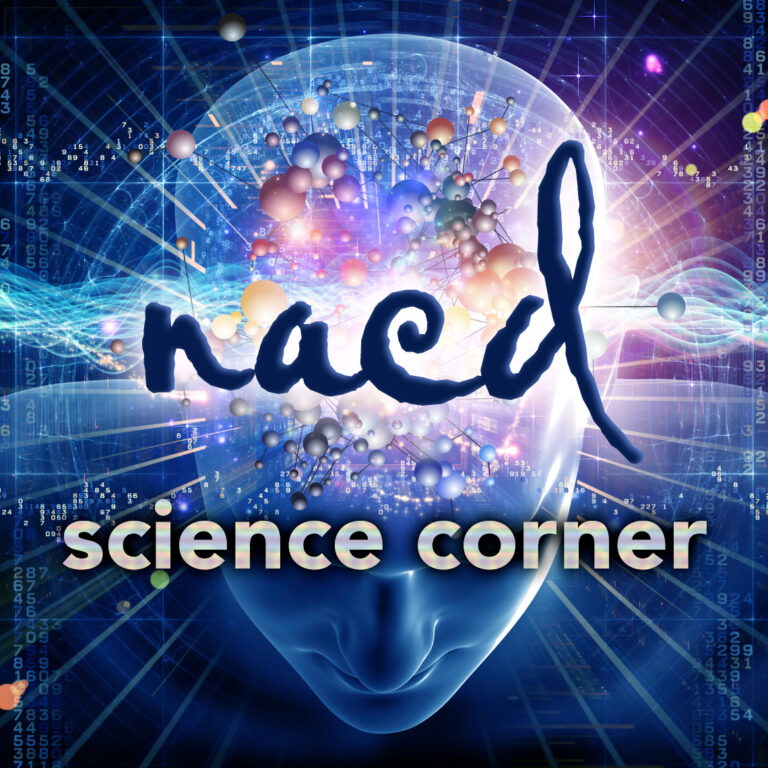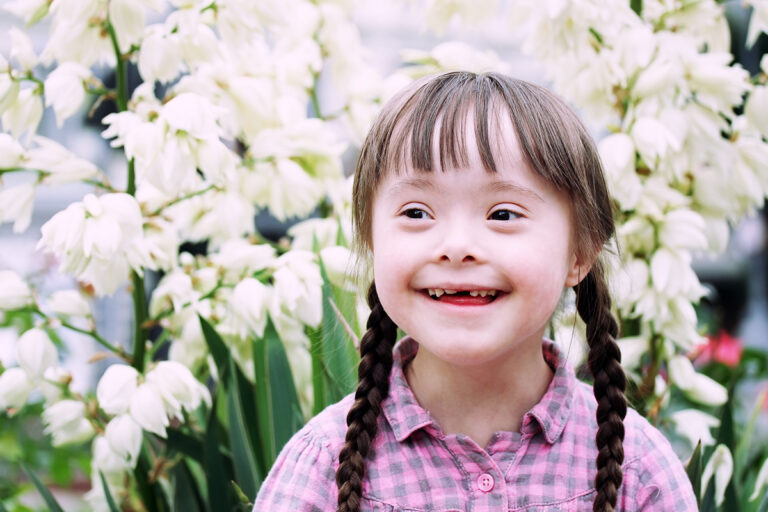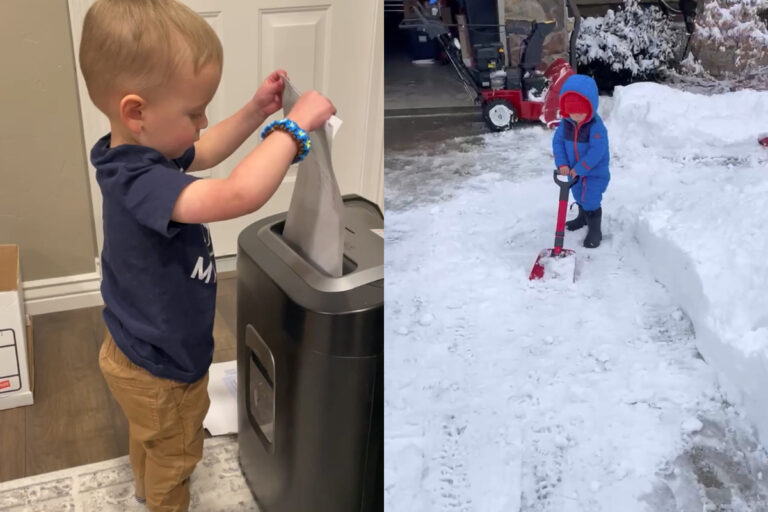Whole Children
The critical role of parents in child development and education and the need to understand and utilize the perspective of the “Whole Child”
By Bob Doman
 My game plan this Saturday morning was to write an article speaking to the importance of working with “whole” children. Before I could get going on this, I needed to address email questions that had come in overnight from our coaches and families. A number of the emails from the coaches and the problems confronting the families really exemplified the need to look at the “Whole Child.”
My game plan this Saturday morning was to write an article speaking to the importance of working with “whole” children. Before I could get going on this, I needed to address email questions that had come in overnight from our coaches and families. A number of the emails from the coaches and the problems confronting the families really exemplified the need to look at the “Whole Child.”
The first email was regarding a seven-year-old boy who came to us a bit less than a year ago with diagnoses including autism, developmental delay, sensory processing disorder, and dyspraxia.
One of the things we try to teach parents is the relationship between physiology and neurology. Simply, that anything that affects the child physically is going to affect how their brain works and thus their overall function. In this little guy’s case, mom was seeing some off and on manic/OCD behaviors that were new. As she has learned from us, if there are little regressions, we need to look for cause and address the cause first, rather than the symptoms. Mom took him to his pediatrician out of concern that he might have strep or PANDAS, and fortunately the lab work came back negative. Being the proactive mom she is, she proceeded to have some food sensitively testing done and discovered that he was highly sensitive to some of the foods he was eating on almost a daily basis. Could this be the cause of the changes in his behavior? It could be. So, the plan is to make the appropriate dietary changes and see if that has an impact on the problem and if not, we look further. One of the realities is that often the cause of these temporary regressions is never identified, but that it passes along with the symptoms.
This case illustrates a number of important things. One, mom was close enough to her son, that she was able to identify an issue. And, two, “Mother knows best.” We need to understand that to really help a child we need to know and work with the “Whole Child,” not isolated pieces of the child. It is virtually impossible to do this without having the parents educated, in charge, and overseeing all aspects of their child’s health, development, and education. I learned a long time ago that we needed to work with and through the parent to really do the job.
The second email of the morning came regarding a little girl on the autism spectrum who just had 3 teeth pulled and 7 cavities filled. The family and those working with their daughter noticed that the afternoon after her dental work was done she was more focused than ever, and they asked if addressing the teeth could have worked so fast. It certainly could! I recently had an abscessed tooth that was amazingly painful and literally debilitating. It took about 48 hours for the antibiotics to kick the infection and the relief was almost instantaneous. Don’t underestimate the negative impact of dental problems. One of the very common things we see with children who are prone to seizures, is an increase in seizures with even the smallest dental issue.
Early in my career, in the ‘70s, I worked with a team that was directed on the developmental side by my father, an M.D./physiatrist and on the neurological side by a group of neurologists and neurosurgeons under the direction of Eugene Spitz M.D. Eugene was the doctor that created the shunt for hydrocephalic children—a truly brilliant man. As things were structured in the clinic, I would do my global developmental assessment of the children on my caseload, then the children would do their prescribed medical/neurological periodic testing that included things like metabolic testing, EEG, cerebral blood flow analysis, CT scans, etc. After the testing was completed, I would meet with the doctor, generally Dr. Spitz himself, and he would start by asking, “Well, Boo, what’s up?” Dr. Spitz was a genius and a really intimidating man with whom I shared a special relationship. A man who started most mornings at 6 a.m. opening up a child’s brain, came to the office in a chauffeur-driven Mercedes limo, had his own hospital, and flew around the country in his Lear Jet—just a wee bit intimidating—and I’m not even talking about his manner. We would discuss the findings before establishing a treatment plan. Back then, Dr. Spitz called me “Boo,” which was a huge compliment. I was still only in my 20s and without a bunch of formal credentials, but he called me “Boo” because he would say that all I had to do was say “BOO!” to a child and they would improve. One of the many great lessons l learned back then, was that what I learned from the parents and saw with the child would often be reflected in their EEGs. It wasn’t unusual for me to say to Dr. Spitz things like, “I bet Johnny’s EEG was a mess, he’s cutting some teeth,” and it would be a mess. Without that information, Dr. Spitz might have increased or changed seizure meds; but with the data he could move more cautiously, seeing this as a temporary change brought on by a dental issue. He was only able to adjust his perspective by getting information on the “Whole Child.” In other cases I might see really great developmental change and we would see correspondingly better-organized EEGs. The years I spent with this team was really foundational for me, particularly being able to see and correlate developmental change, global health issues, or lack of, and the organization and function of the brain.
Another email this morning involved a teenage boy on the autism spectrum. We haven’t been working with this boy for long, but he is responding very nicely to our program. The family had posted a video on our Portal showing their son loading bottles into a vending machine. He was really doing a great job as was the aide working with him, who was learning to stop giving him so many prompts. They had sent the video to show me how he was doing working independently and because the OT at school, who after observing him doing this task thought that he wasn’t using the left hand as well as the right. She wanted to add activities to his week specifically for his left hand and arm. This presented a glaring example of how outcomes can be adversely affected by looking at just pieces of the child, not the “Whole Child.” Observing the video the boy was actually using both hands and arms relatively equally. This boy is reasonably proficient with fine motor function, particularly when seen globally in the perspective of his overall neurological level of function. He is able to handle buttons and manage all of his self-help skills well. He is tending to use the right hand a bit more than his left, as do the majority of people on the planet. So, what would be the harm in the OT working on this boy’s left hand? Developmentally we have huge processing issues to address, a variety of sensory problems, issues with focus, attention, remaining present, receptive and expressive language, behavior, and on and on. The OT, whose focus is on hand function, was focused on “her” thing, and was looking for something to do, associated with “her” thing. She was not and is not knowledgeable or possibly even interested in the “Whole Child” and the priorities for him. With all of the priorities for this child, we do not want or need to devote time and attention to his left hand. It’s like a contractor trying to build a house and having the landscaper saying let’s put the lawn in before we have a foundation built. Understanding the “Whole Child” provides the needed perspective. The reality is that we only have so many hours in a day and the child can only be asked to do so much in a day. Many of the children who come to us are resistant to doing most anything, because they have been pushed and pulled by so many people every day, that they only really want to be left alone. We have to prioritize what we do and balance what we do and how much we do with the child’s global maturity and our ability to engage them with enough intensity to impact their brains and development.
The first piece in the foundation of the NACD Neurodevelopmental Approach that I designed in the ‘70s, is the necessity of using a gestalt perspective when creating a developmental or educational plan for any child. The term “gestalt” is simply defined as the whole being more than simply the sum of its parts. When I first determined that this concept needed to be the cornerstone of our work, it was based on an understanding of the role of parents and the need for not only parental participation in the developmental and educational process, but the need for their unique expertise—their knowledge of their “Whole Child.”
Whether we are talking about education, child development, or health care, there is almost a universal critical piece that is often missing, the “Whole Child,” or for that matter, the whole person.
Johnny doesn’t pay attention in class, he’s distractible and not doing well, he must have ADHD or a learning disability, or both or more—or not! Perhaps he doesn’t sleep well; perhaps his diet is full of garbage and his parents don’t know how to get him to eat better; perhaps his crazy grandmother has moved in with his family; perhaps his parents are financially stressed; perhaps he’s being bullied on the school bus; perhaps he has had chronic ear infections and middle ear fluid that has impaired his auditory development, or has dental issues, or perhaps… If the educators, psychologists, therapists, doctors, and parents do not understand the importance of the “Whole Child,” then we are in trouble. This is the fundamental problem that often leads to unnecessary, inappropriate, harmful strategies, symptomatic treatment, and lack of pursuit and treatment of the real cause or causes.
The medical field has become so specialized that it is becoming harder and harder for anyone to see the “Whole Child.” I remember a number of years back when my son had a bad rattling cough, an earache, a sore throat, and no energy. I took him to an ENT who looked in his ears and up his nose and at his throat. When it looked like he was finishing up with his exam I asked if he was going to listen to my son’s lungs. I’ll never forget the look he gave me. He looked as though I had just asked him to eat a worm as he replied, “I’m an ENT, I don’t do that.” As it turned out my son had pneumonia, and if I had not pursued this further, he could have become very gravely ill.
This problem permeates the whole field of child development and education. Many schools talk about the “team” that is working with your child: the physical therapist, speech therapist, occupational therapist, the special education teacher, the inclusion class teachers, the behavioral therapist, the music therapist, the psychologist, etc.; and then the “team” of doctors: the pediatrician, neurologist, ophthalmologist, dentist, orthopedist, psychiatrist, etc.
Because the experts on their child are not educated as to the importance of gaining knowledge of the “Whole Child” or simply don’t have or take the time to really talk to the parents, everyone focuses on their piece and not the big picture. This can result in mislabeling, failure to treat cause, unnecessary treatments, children being pigeonholed, the real underlying issues not being addressed, and critical time lost.
Parents were once thought of as the experts on their children. Teachers actively sought the parent’s help and expertise and listened, as did the family doctor who made house calls and who knew every member of the family and who may have taken care of the family for generations. One of the points that gets reinforced for us at NACD daily is that the parents do know their child best, and if we are going to really do the job for that family and help them realize their vision for their child, the parents must play a critical role so that we can understand and take care of the “Whole Child.”
What is a team? A group is not necessarily a team. A team is a group working together. A team requires synergy, coordination, and a leader, a leader who can look at the “Whole Child” and pull together all of the pieces, prioritize and coordinate the efforts, and keep working toward the vision. If the parents are not the team leader, then they need to be very active participants working hand in hand with the team leader. NACD has assumed that role for tens of thousands of children.
One last note: Many of those involved in “assisting” children will ignore parents and insist that the parents follow their, the “professionals,’” direction because they, the professionals, are the real experts and are responsible. As I often ask the parents, if that teacher, therapist, whomever is assuming the responsibility, is your child going to be living in their house when they’re thirty and can’t function? Parents—you are the experts on your child. Yes, you need expertise and help, but you know your “Whole Child” best and you need, at the very least, to be your child’s knowledgeable, loving, and powerful champion and advocate. Do not abdicate your responsibility—maintain your vision and take charge.





